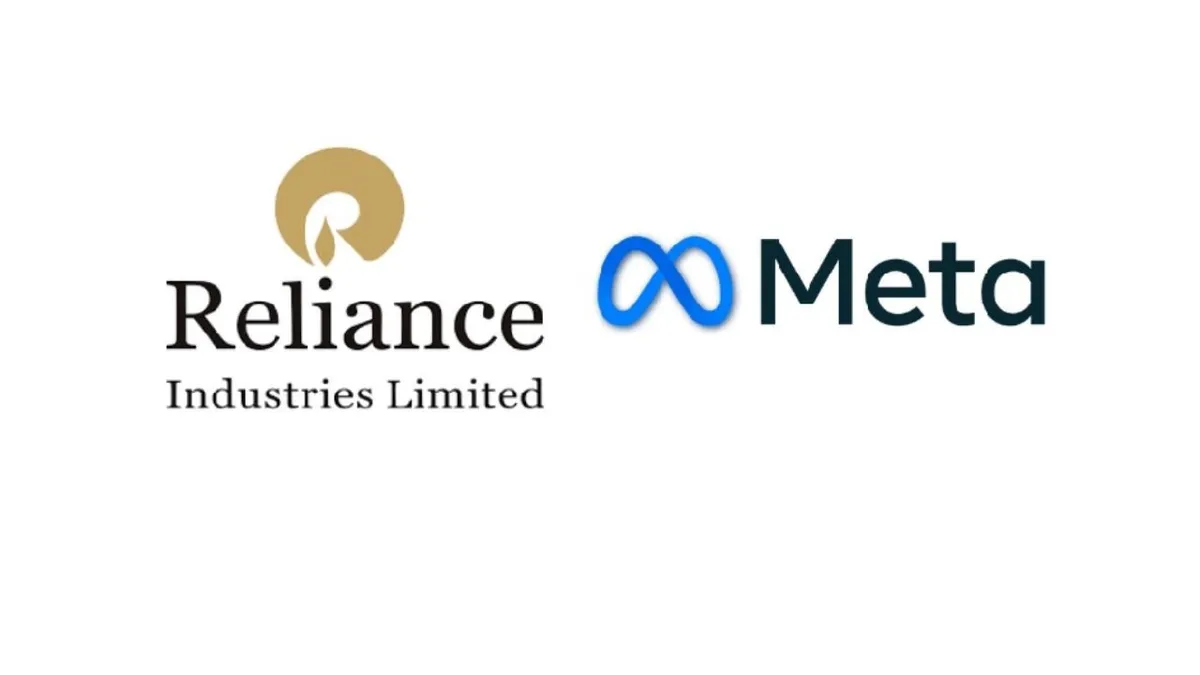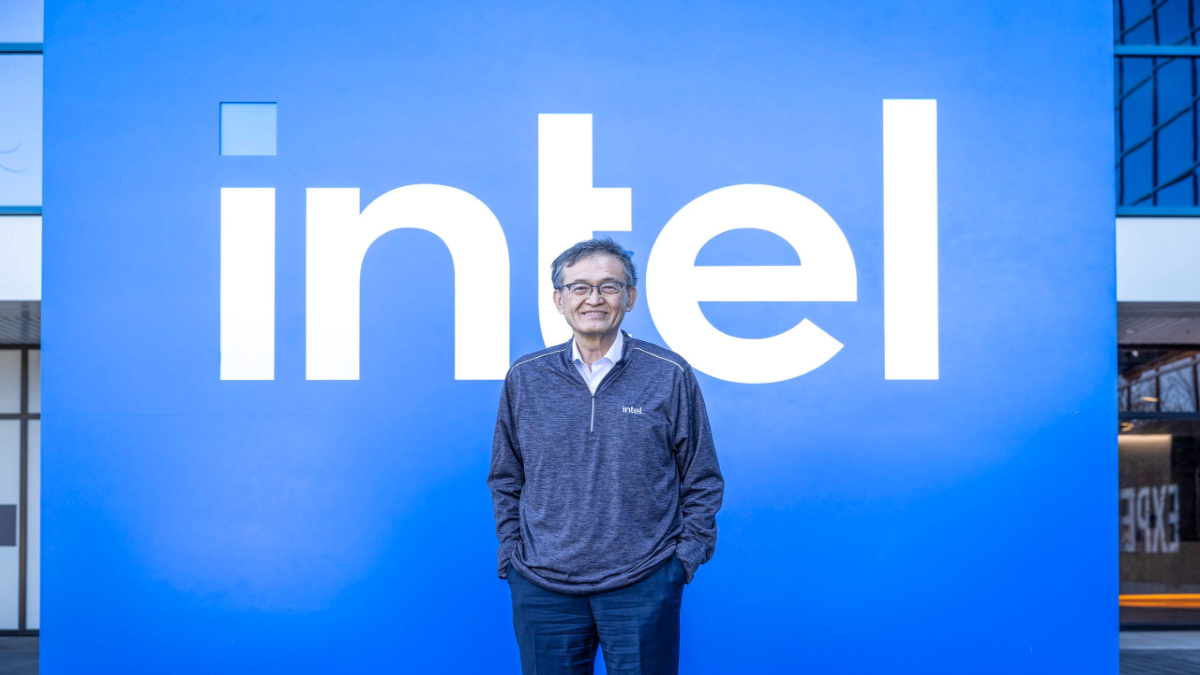A major cyberattack on Marks & Spencer (M&S) in April 2025, estimated to have cost the British retailer as much as £300 million in lost operating profit, has brought intense
Business5- Page
The Indian conglomerate Reliance Industries Limited (RIL) and social media giant Meta Platforms Inc. (formerly Facebook) have officially incorporated their strategic joint venture (JV) to develop and market advanced enterprise
Kotak Mahindra Bank has announced its financial results for the second quarter of the fiscal year 2026 (Q2 FY26), reporting a consolidated net profit of ₹4,468 crore. While the headline
As global financial markets navigate persistent volatility, a chilling prophecy from the late Bulgarian mystic Baba Vanga has resurfaced, sparking debate among investors and market watchers. Known as the “Nostradamus
The relentless nine-week winning streak for gold, which propelled the precious metal to successive all-time highs, is poised to come to an end this week. After an extraordinary run fueled
Intel Corporation delivered a powerful message of financial recovery in its most recent earnings report for the third quarter of 2025, surpassing market expectations and returning to a net profit.
In a story that perfectly encapsulates the spirit of the modern Indian entrepreneur, one man’s decision to walk away from the ultimate symbol of American stability—the US Green Card—became the
Epack Prefab Technologies Ltd. witnessed a significant rally in its share price, with the stock hitting its upper circuit, following the announcement of a stellar financial performance for the second
Amazon is once again redefining the pace of e-commerce, revealing a sophisticated new suite of AI-powered logistics technologies, headlined by high-tech smart glasses for its delivery drivers. These innovations are
Gold and silver prices in India saw a moderate decline on Thursday, October 23, as a wave of global profit-booking and a slight easing of geopolitical tensions prompted investors to















